As the days grow shorter and darker, millions experience a noticeable dip in mood and energy—often more than just the “winter blues.” This phenomenon, known as Seasonal Affective Disorder (SAD), affects up to 5% of adults in the United States each year. Traditional antidepressant medications have long been a mainstay for treatment, but growing interest surrounds morning light therapy as a non-pharmacological alternative or complement. With increasing research supporting its effectiveness, people are seeking brighter solutions for winter depression and reclaiming their mental well-being during the coldest months.
1. The Science Behind Light Therapy
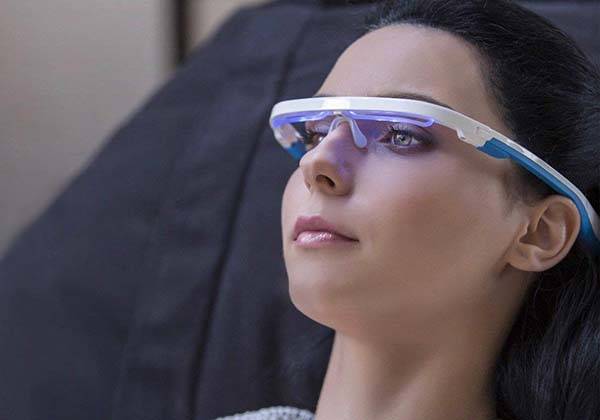
Light therapy works by exposing the eyes to bright, artificial light that mimics natural sunlight.
This process stimulates the brain’s serotonin production, a neurotransmitter crucial for mood regulation.
Additionally, morning light exposure helps reset the body’s circadian rhythm—our internal clock—often disrupted during shorter winter days.
By realigning sleep-wake cycles and boosting serotonin, light therapy addresses the root biological causes of SAD.
According to the National Institute of Mental Health, this approach can significantly improve mood and energy for those affected by seasonal depression.
2. Light Therapy vs. Antidepressants: Comparable Results

Recent clinical studies reveal that light therapy can be just as effective as antidepressant medications in treating Seasonal Affective Disorder. Research published in the JAMA Psychiatry journal found that both approaches benefit about 40-60% of users. For many people, morning light exposure matches the results of traditional treatments, offering significant symptom relief without medication side effects. This evidence is fueling a shift toward light therapy as a viable, science-backed option for beating winter depression.
3. 10,000 Lux: The Gold Standard
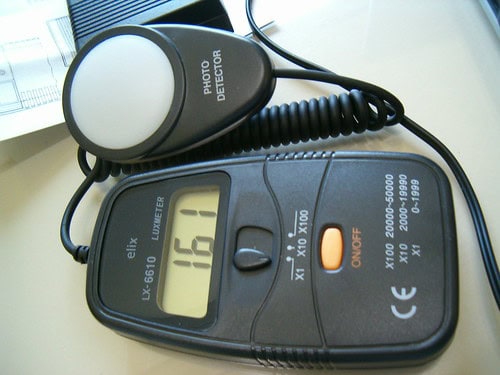
Clinical guidelines recommend using a light box that emits 10,000 lux—a measure of light intensity—for 15-30 minutes each morning. This level closely replicates outdoor daylight on a clear morning, providing the optimal stimulus for resetting circadian rhythms and boosting mood. According to the Mayo Clinic, this protocol is considered the gold standard for treating SAD, ensuring both effectiveness and safety when followed consistently throughout the winter months.
4. How Light Therapy Improves Mood
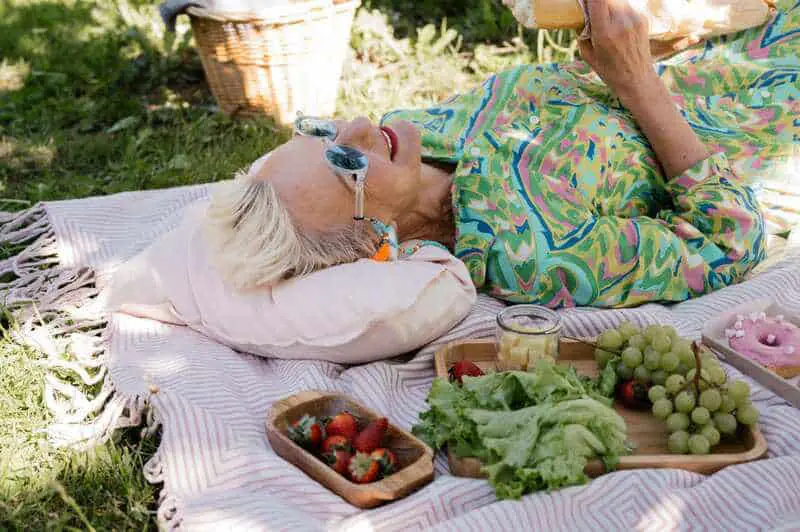
Morning light exposure triggers the brain to release serotonin, the neurotransmitter linked to mood and well-being. At the same time, it helps regulate melatonin production, a hormone essential for healthy sleep patterns. During dark winter months, inadequate sunlight can disrupt this delicate balance, leading to low mood and poor sleep. Studies from Harvard Health highlight how light therapy restores these rhythms, directly lifting mood and supporting restorative sleep in people with SAD.
5. Natural Morning Sunlight: An Effective Alternative

Even on overcast days, natural sunlight can deliver light levels high enough to benefit those with SAD. A brisk 30-minute walk outside in the morning often provides a light dose comparable to a session with a 10,000-lux light box. According to the UK National Health Service (NHS), spending time outdoors each morning is a simple and effective strategy that can help regulate mood and circadian rhythms naturally.
6. Who Should Consider Light Therapy?

Light therapy is ideal for individuals suffering from Seasonal Affective Disorder and those who experience low mood or sluggishness during the winter months. It’s especially beneficial for people sensitive to the side effects of antidepressant medications or those seeking a drug-free approach. The Centre for Addiction and Mental Health (CAMH) recommends light therapy for adults, teens, and even children under professional guidance, offering a safe, non-invasive option to boost mood and energy.
7. Safe and Non-Invasive Treatment

One of the main attractions of light therapy is its excellent safety profile. Unlike antidepressant medications, which can cause side effects like weight gain or sexual dysfunction, light therapy is non-invasive and well-tolerated by most users. Minor effects, such as mild eyestrain or headaches, are rare and typically resolve with adjustments in session duration or distance from the light source. The Mayo Clinic notes that for most people, light therapy presents very few risks and offers significant benefits.
8. Setting Up Your Light Therapy Routine

For best results, use your light box within the first hour of waking up. Position it about 16-24 inches from your face, allowing the light to reach your eyes without staring directly at it. Incorporate the session into your morning routine—read, eat breakfast, or check emails while soaking up the light. As recommended by the Sleep Foundation, consistency is key: aim for 15-30 minutes each morning to maintain mood and energy throughout winter.
9. Light Boxes: What to Look For

When choosing a light therapy box, look for 10,000 lux output and ensure it filters out UV rays to protect your eyes and skin. Adjustable brightness settings help tailor intensity to your comfort level. A large surface area allows for flexible placement during daily activities. According to the Sleep Foundation, choosing a box tested for safety and efficacy is essential. Always purchase from reputable brands and consult a healthcare provider for specific recommendations.
10. Timing and Consistency Matter
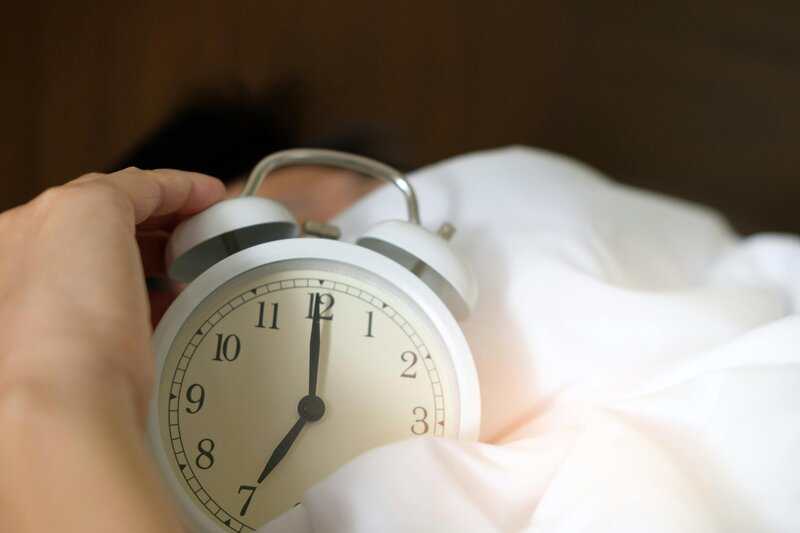
To experience the full benefits of light therapy, timing and consistency are crucial. The best results come from daily use in the early morning, which aligns with your natural circadian rhythm. Skipping sessions or using the light box later in the day can reduce its effectiveness. As highlighted by the National Institute of Mental Health, maintaining a steady routine helps stabilize mood and energy, ensuring lasting relief from winter depression symptoms.
11. Light Therapy in Combination with Other Treatments
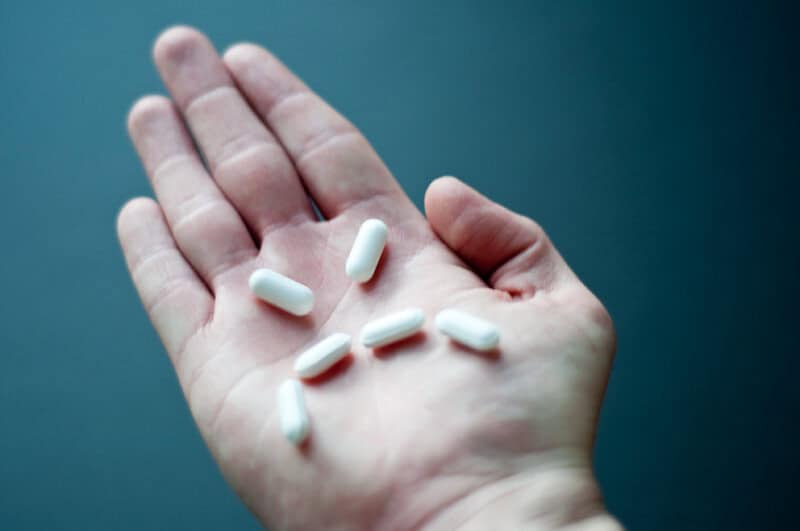
Many individuals find the greatest relief from SAD by combining light therapy with other evidence-based treatments. Using light therapy alongside antidepressant medications or cognitive behavioral therapy (CBT) can amplify results, particularly for those with severe symptoms. The American Psychological Association notes that integrating these approaches often leads to faster and more durable improvement. Consulting a mental health professional can help tailor a personalized plan to maximize the benefits of each method.
12. Immediate and Long-Term Benefits

Most people begin to notice mood and energy improvements within several days to two weeks of starting light therapy. Regular, daily use ensures these benefits continue throughout the winter months. According to the Johns Hopkins Medicine, stopping treatment too soon can lead to symptom relapse, while sustained use keeps depression at bay. Light therapy’s quick onset and lasting effects make it a valuable tool for both immediate relief and long-term management of SAD.
13. Side Effects and Precautions

While light therapy is generally safe, some users may experience mild side effects like headaches, eyestrain, or irritability. These symptoms often resolve by adjusting the session length or distance from the light box. Individuals with eye conditions, bipolar disorder, or those taking medications that increase light sensitivity should consult a doctor before starting treatment. The Mayo Clinic recommends medical supervision to ensure safety and to tailor the therapy to individual health needs.
14. Light Therapy for Non-Seasonal Depression
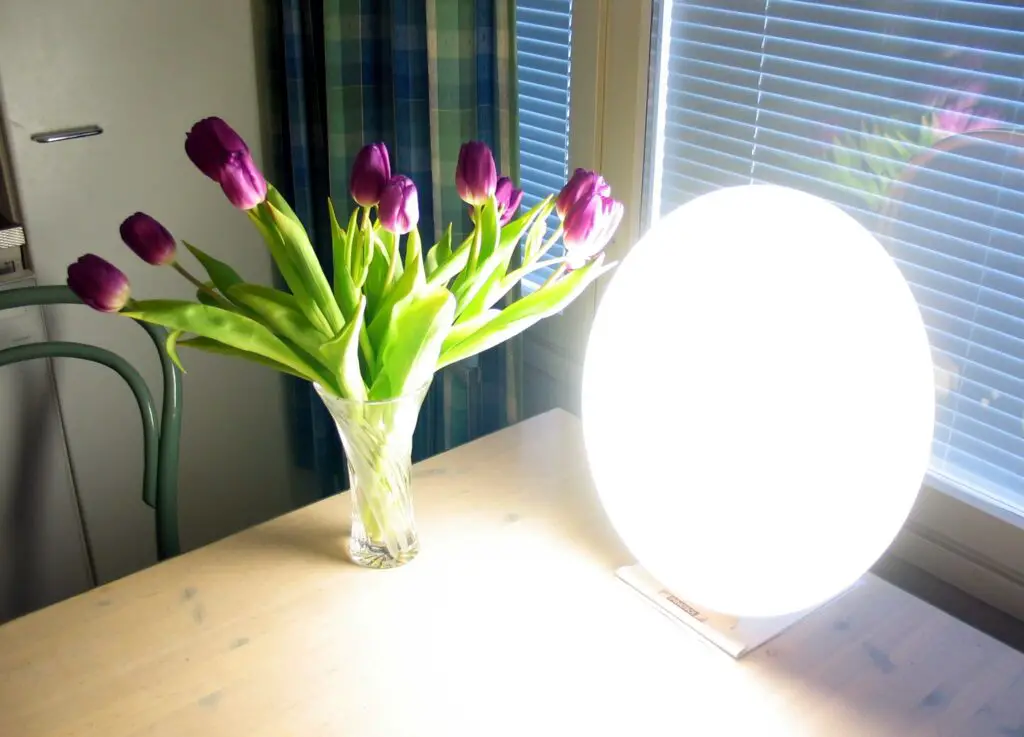
While traditionally used for SAD, research suggests that light therapy may also benefit people with non-seasonal depression. Studies, including those published in the American Journal of Psychiatry, indicate that daily morning light exposure can improve mood in cases of major depressive disorder, even outside of winter. Although more research is needed, these promising findings are expanding the role of light therapy for year-round depression treatment, offering hope beyond seasonal symptoms.
15. Accessibility and Affordability
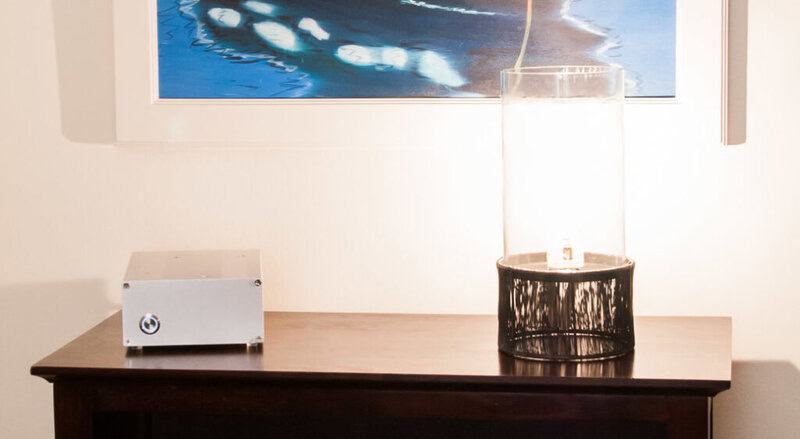
Compared to the ongoing costs of prescription medications and therapy sessions, light therapy is remarkably cost-effective. Most quality light boxes are a one-time purchase, ranging from $50-$200, and can last for years. This makes light therapy accessible for many people seeking relief from depression. According to the Sleep Foundation, the simplicity and affordability of light therapy have contributed to its growing popularity as a practical solution for winter depression.
16. Light Therapy and Sleep Quality
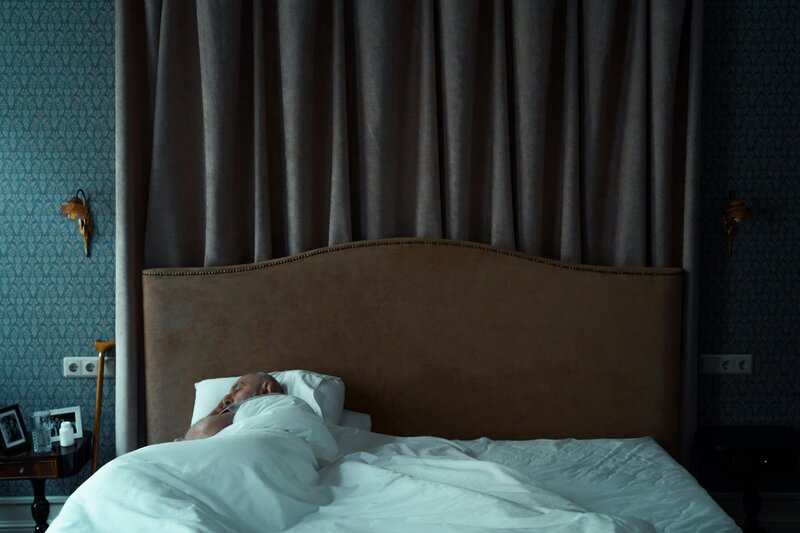
Morning light exposure plays a crucial role in resetting the sleep-wake cycle, also known as the circadian rhythm. By signaling to the brain that it’s time to wake up, light therapy helps regulate natural melatonin production, leading to better sleep at night. Studies from Sleep Foundation confirm that consistent morning sessions can improve both sleep onset and overall sleep quality, making it easier to fall—and stay—asleep during the challenging winter months.
17. The Role of Circadian Rhythms
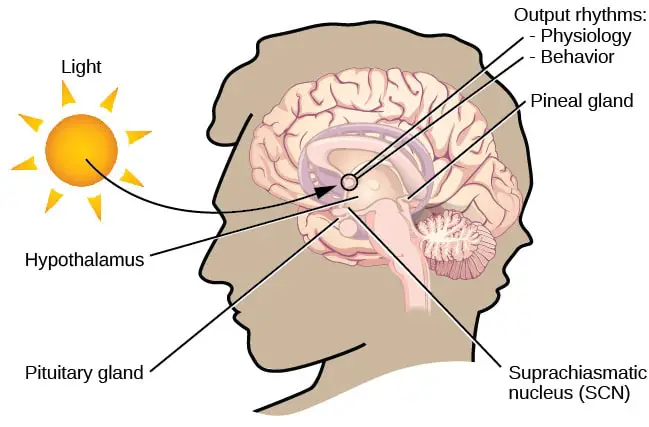
Healthy circadian rhythms are essential for mood stability, energy, and overall well-being. During the dark winter months, these internal clocks can fall out of sync, leading to symptoms of depression and fatigue. Light therapy acts as a powerful cue, helping to recalibrate the body’s natural rhythms. According to National Institute of Mental Health, restoring circadian alignment with morning light exposure is a cornerstone in effectively treating SAD and improving daily mood regulation.
18. Light Therapy in the Workplace

Incorporating light therapy into the workplace is increasingly popular, especially for those with early work hours or limited outdoor exposure. Compact light boxes can be placed on desks, allowing employees to receive effective morning light during routine tasks. Studies referenced by the National Institutes of Health show that workplace light therapy can boost mood, energy, and productivity, reducing absenteeism and enhancing overall workplace well-being during the winter season.
19. Children and Teens: Special Considerations
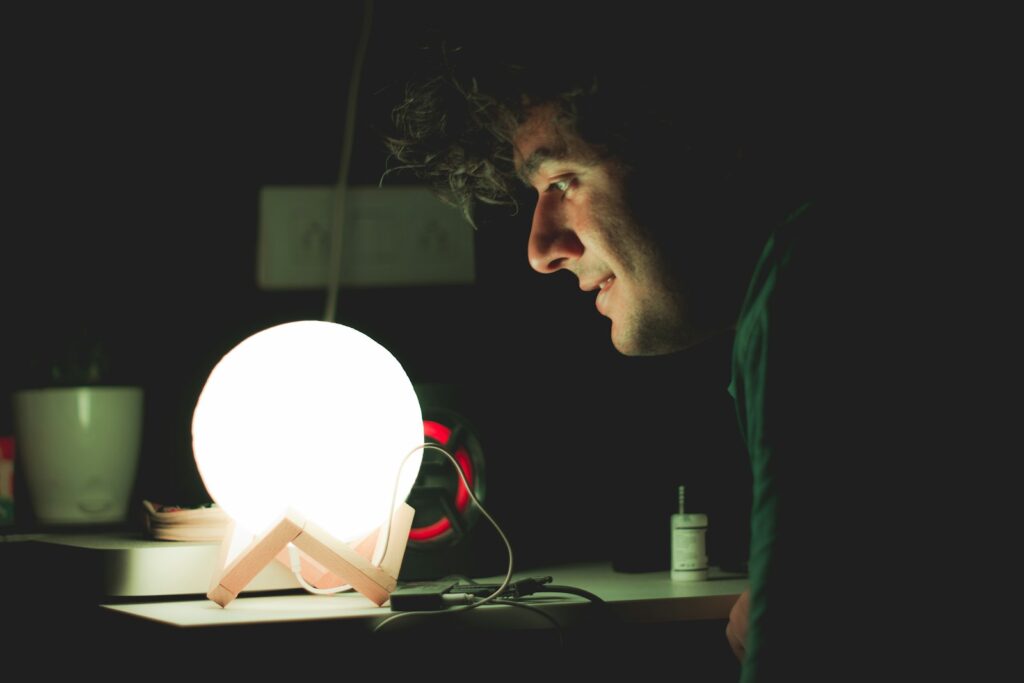
Light therapy can also help children and teens struggling with SAD, but special care is required. Pediatric use should always be supervised by a healthcare professional to ensure proper timing, intensity, and duration. According to the Centre for Addiction and Mental Health (CAMH), younger individuals may be especially sensitive to light, making professional guidance essential for safety and effectiveness. Parental involvement and regular monitoring ensure the best outcomes for young users.
20. When to Seek Professional Guidance
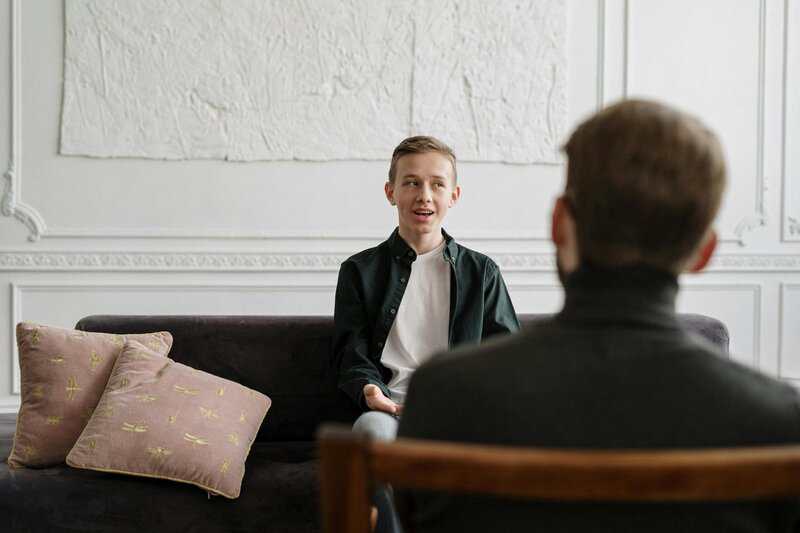
Before starting light therapy, it’s wise to consult a healthcare provider—especially if you have underlying health conditions or take medications that affect light sensitivity. A professional can help tailor the intensity and timing to your individual needs, monitor side effects, and track overall progress. According to the Johns Hopkins Medicine, regular check-ins ensure optimal results and safety, making your journey with light therapy more effective and secure.
21. Future Directions in Light Therapy Research
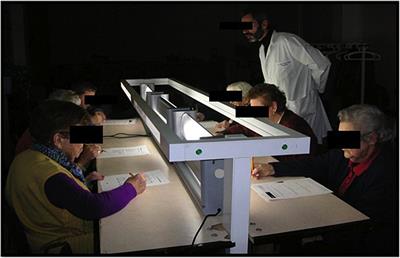
Researchers are actively exploring new frontiers in light therapy, seeking to refine treatment protocols and expand its applications. Studies are investigating optimal wavelengths, timing, and duration for different forms of depression and sleep disorders. According to the National Institutes of Health, emerging evidence suggests potential benefits for conditions like bipolar disorder and dementia. Ongoing research aims to make light therapy even more effective, personalized, and accessible for diverse populations in the years ahead.
Conclusion

Morning light therapy stands out as a highly effective, practical, and accessible front-line treatment for winter depression. Backed by substantial research, it rivals antidepressants in efficacy while offering a safe, non-invasive alternative for many. With options ranging from light boxes to natural sunlight, this approach empowers individuals to take control of their mental health during the challenging winter months. For those seeking alternatives to medication, exploring light therapy—under professional guidance—could offer lasting relief. Discover more through trusted sources like the National Institute of Mental Health.



Vielleicht interessiert es Sie:
Wussten Sie! Minensuchratten auf dem Schlachtfeld und sie sind super effektiv!
Wie viele Giraffenarten gibt es? Leben sie alle in Afrika?
Der Vogel ist das Weibchen der Vögel: wahr oder falsch?
Warum bauen Biber Dämme? Welchen Nutzen?
Warum leben manche Tiere nachtaktiv? Welche Vorteile?
Küssen Tiere? Ist das die gleiche Bedeutung wie Menschen?
200+ Hilarious Seahorse Jokes That Will Make You Smile and Giggle
200+ Funny Investment Jokes to Boost Your Financial Humor Game